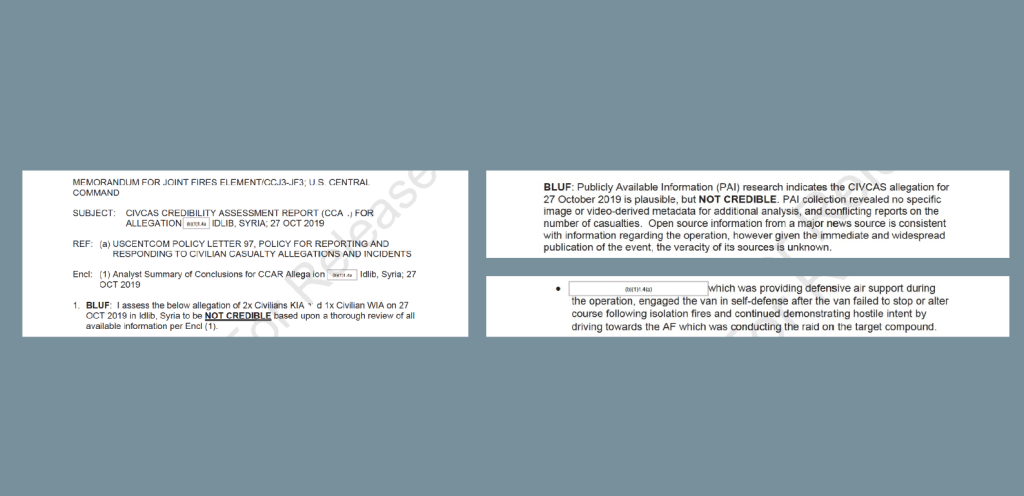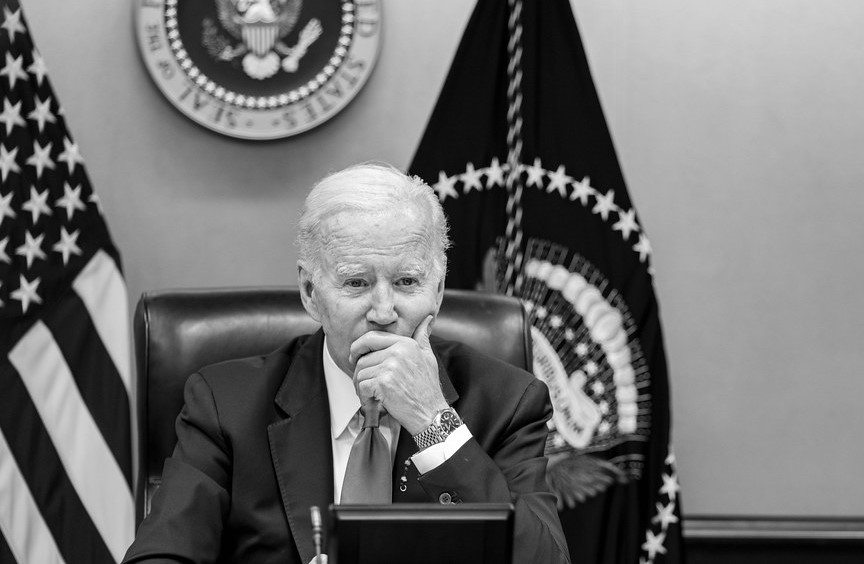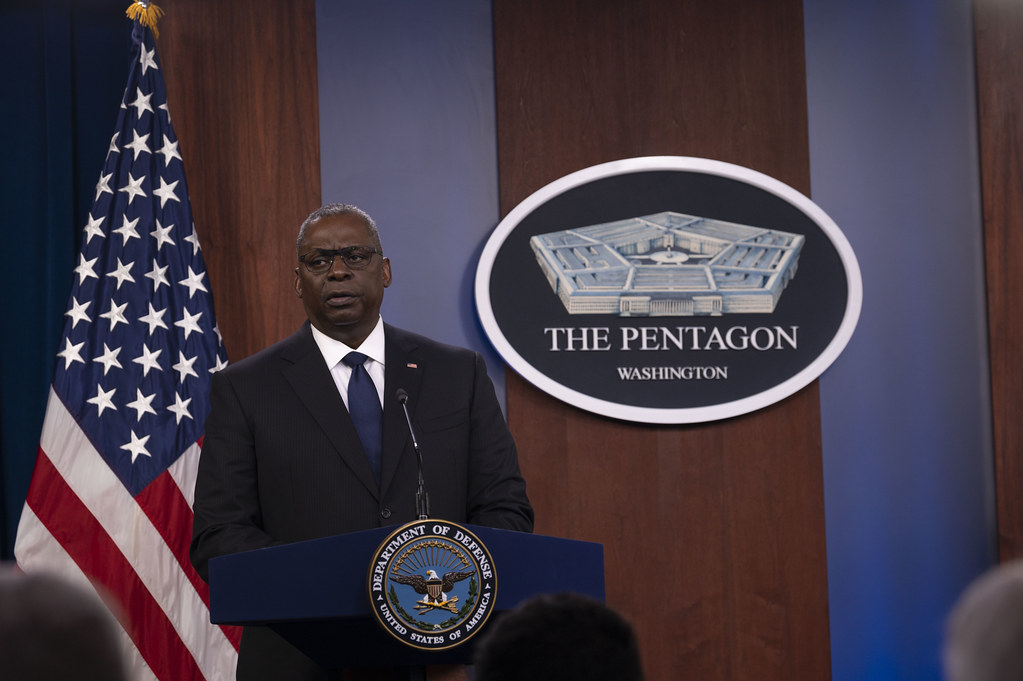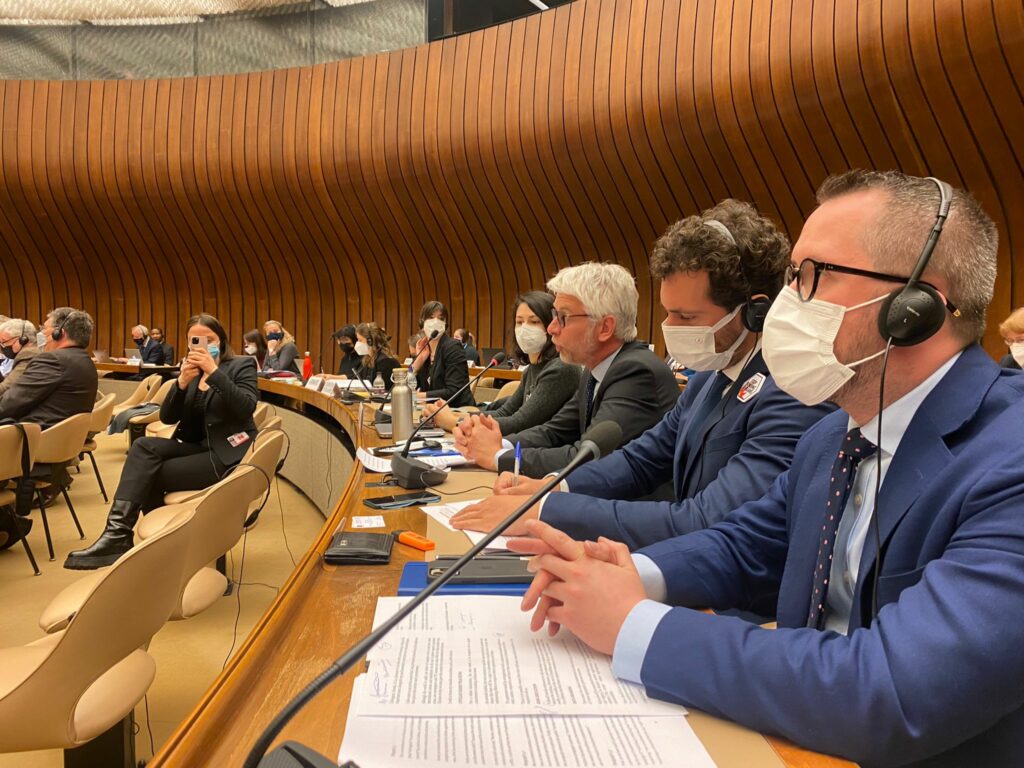U.S. forces, together with NATO allies, invaded Afghanistan in 2001, following the 9/11 attacks on the United States. Over two decades international forces waged war, through military campaigns and special forces operations.
Airwars has conducted a number of investigations into broader US military actions during the ‘war on terror,’ including in Afghanistan, as well as into the actions of NATO allies.





